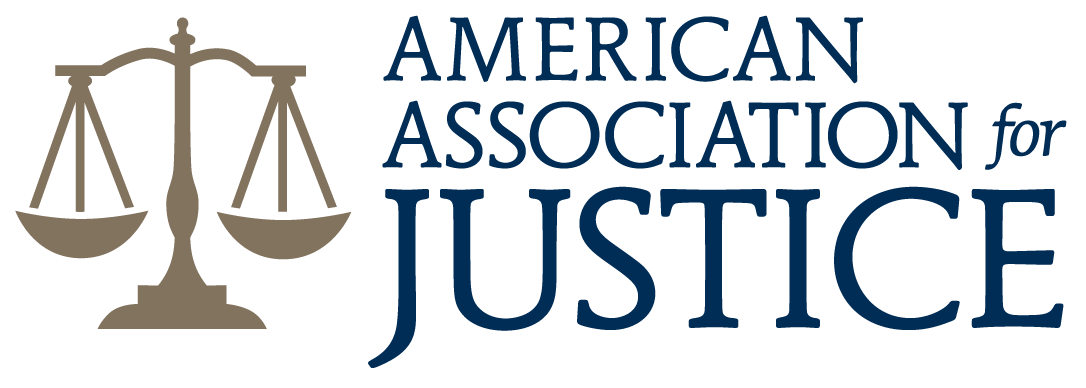Mara Youdelman, of the National Health Law Program in Washington D.C., says more efforts are needed to reduce the potential for negative outcomes resulting from a medical provider and patient who are unable to communicate due to a language barrier. One recent example involved a young woman who was eight months pregnant. Her sister-in-law was supposed to interpret some bad news provided by her physicians that the fetus likely had heart damage. The information was not properly communicated to the mother and later upon arriving at Children’s Hospital in Philadelphia hospital for delivery she was told that the baby would not survive. U.S. Census data indicates that 10% of workers have a limited ability to interpret English and over 90% of doctors have patients with such limitations.
Malpractice Case Involving 9-Year-Old
A University of California-Berkley report explained how a 9-year Vietnamese girl arrived in the emergency department with an apparent case of the stomach flu. Her parents did not speak English and there were no interpreters available. The physician prescribed a medication not ordinarily used to treat children but attempted to explain some special instructions for taking the medication to her 16-year-old brother and provided them instructions written in English to take home. The girl soon had a bad reaction to the medication and suffered a fatal heart attack. A medical malpractice claim was settled for roughly $200,000 following this avoidable situation.
Resident Physician Study
Another recent research project received feedback from 149 resident physicians (trainees) from two hospitals. Approximately 71% of respondents said they had used the services of a professional interpreter to some extent in their work. Nearly 91% of these individuals believed that patients categorized as having Limited English Proficiency (LEP) experienced potentially less effective treatment due to the poor quality of communication. The findings strongly suggested that effort is needed to improve procedures and practices relating to interacting with LEP patients.
Palliative Care Impact
Next, we look at data regarding language interpretation problems in palliative care, which is that provided to those who are very ill and likely to utilize services such as end-of-life hospice care. Findings showed that U.S. patients who struggle with English are less likely to comprehend their diagnosis and treatment options. Dr. Alexander Green of the Harvard Medical School explained that much of physician training is geared toward an “environment & organizational culture that values efficiency over effective communication”. In roughly 50% of cases, professional interpreters were not being properly utilized.
LEP-Related Laws
In 1964 a Civil Rights Act required that medical facilities receiving federal funding offer access to all patients so that they could make “informed” healthcare decisions. Medical providers were to maintain interpreters and other means of translating medical information. Progress continued in 2000 when the Presidential Executive Order 13166 was implemented that specifically addressed LEP patient access.
Future Interpretation Needs
Communication difficulties based on language or cultural differences are currently experienced by about 48% of physicians. A mere 5% say those language barriers are a major concern that truly affects the outcome of care and treatment. This challenge is one that may not be getting easier, as a rising number of people in the country speak a primary language other than English. This continued diversification will require that greater efforts be made toward language interpretation. Those who think they have been injured as a result of a medical provider’s failure to adhere to LEP laws are encouraged to contact a medical malpractice attorney for a consultation.








COMMENTS
There are no comments for this post. Be the first and Add your Comment below.